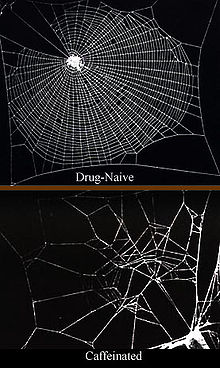10/23/2012
BY CHRIS ROSENBLOOM, PHD, RD, CSSD
I’ve had the joy of working with athletes for over 20 years, and I know that athletes, like all Americans, eat fast food.
In an ideal world, parents would be feeding their kids healthy, home cooked meals, but when that isn't possible in this fast-paced society, healthy choices can be made when eating out. Instead of telling athletes to avoid all fast food, I think it is more realistic to help them make good choices when dining out.
If you think you can’t eat healthy at quick service or fast food restaurants, think again. Healthy options are popping up in all of your favorite restaurants but it is up to you to make the healthy choices. Here are some of the better choices at the top restaurant chains:
- McDonald’s has more healthy choices than you might image. Menu boards now post calories and about 80% of menu choices are less than 400 calories. My favorite choices for athletes include Egg McMuffin, Fruit & Maple Oatmeal, Strawberry Banana Real Fruit Smoothie, Vanilla Cone, Fruit’N Yogurt Parfait, Fat-free Chocolate Milk, Apple Slices, Scrambled Eggs, Southwest Salad with Grilled Chicken, and Ranch BLT Grilled Chicken Sandwich. You can even download a McDonald’s app for nutrition information on your phone.
- Subway recently announced that they will pilot the American Heart Association’s Heart-Check Meal Certification Program which to date is only found on food in the grocery store. For athletes, my favorite picks at Subway include any 6” 6 grams fat or less sub, Subway Club with avocado, Subway Melt, Ultimate Veggies with avocado, Yogurt Parfait, and Egg & Cheese with Spinach Breakfast Sandwich.
- Chick-fil-A has tasty chargrilled chicken sandwich, but that is not all that tops the healthy choices at this restaurant. Try the Southwest Chargrilled Chicken Salad, Carrot & Raisin salad, Yogurt parfait, Chick-n-Minis, Mini-Sundae or Icedream cone.
- Wendy’s offers Homestyle Chicken Go Wrap, Ultimate Chicken Grill, Broccoli & cheese potato, Chili, and Small Original Chocolate Frosty that can all fit into the calorie budget of an active teen.
- Dunkin Donuts is adding oatmeal to the menu so sweet, fried pastries are not your only breakfast option. The “DDSmart” menu offers Egg White Turkey Sausage Wake Up Wrap or Multi-grain bagels for a quick grab and go meal.
I know some parents will be surprised that a dietitian is recommending fast food. To be sure, there are many high-calorie, high-fat, not so healthy choices to be made at any restaurant, but there are more options than ever for a healthy, quick, inexpensive meal or snack that young swimmers will like and parents can feel good about.
Chris Rosenbloom is the sports dietitian for Georgia State University Athletics and is the editor of the Academy of Nutrition and Dietetics Sports Nutrition Manual, 5th edition, 2012. She welcomes questions from swimmers, parents and coaches. Email her at chrisrosenbloom@gmail.com.

